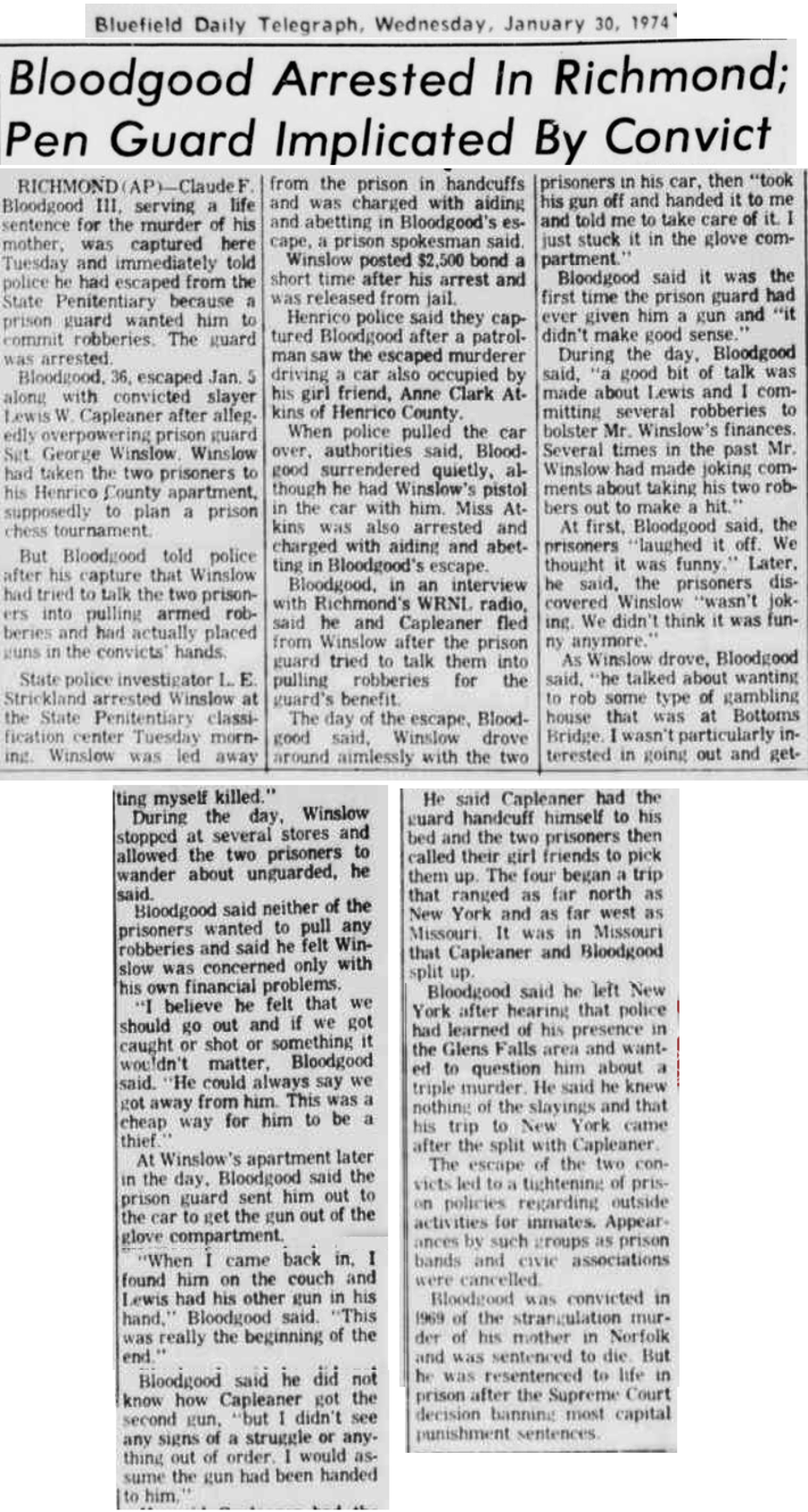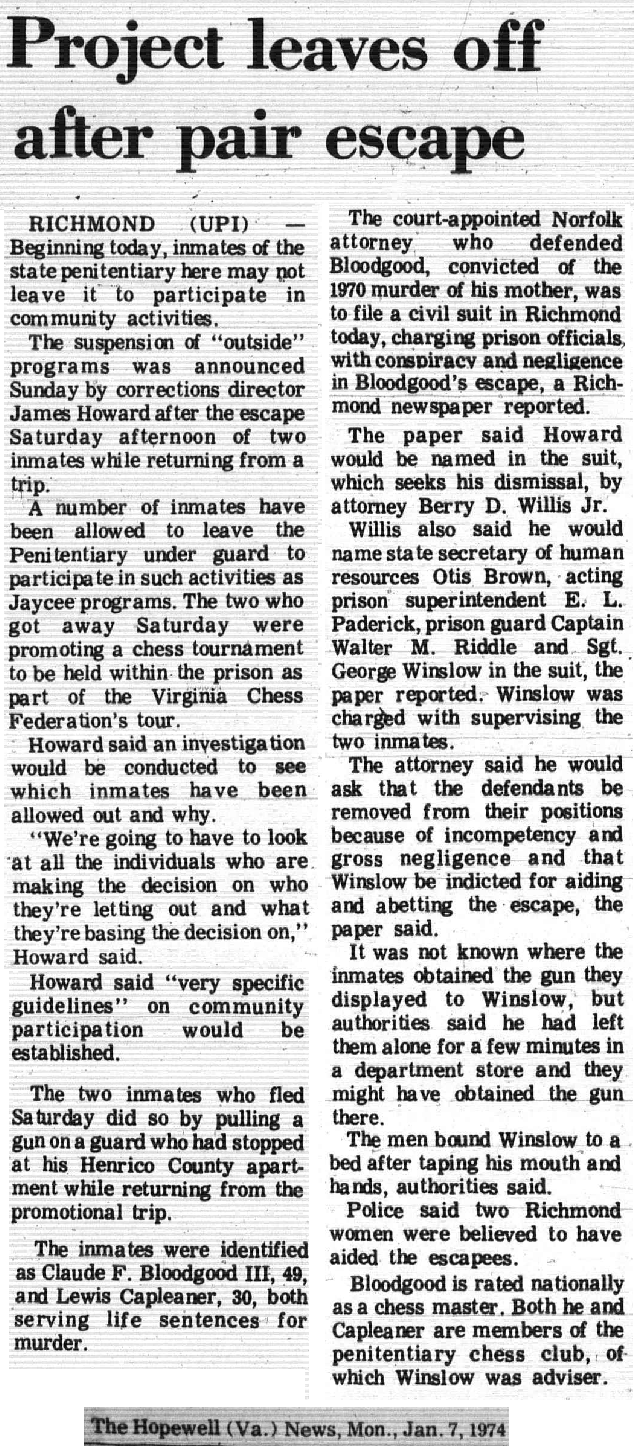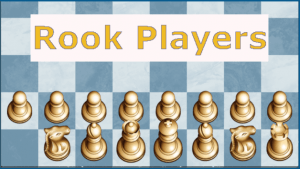
Bad Boys II
The cover image was modified from that of a novel of that name written by John Donoghue. The story, set in Auschwitz, is much deeper and serious than this article.
There has never been any doubt that chess attracts some peculiar individuals. Most are fairly harmless but others have attained an aura of notoriety and some even prison sentences.
Below is a handful from among most publicized bad boys who a some strong connection to chess.

Bad Boys Part I examined Aleister Crowley, Norman Tweed Whitaker and Jeffrey Archer.
Bad Boy IV is
Kārlis Ozols.
I doubt Kārlis Ozols is a household name but in 1944 he won the Riga Chess Championship and possibly saw a future as a chess professional. Previously he had played in the unofficial Olympiad held in Munich (scoring 70%) in 1936 and the much more difficult official Olympiad held in Stockholm in 1937 (scoring 35%).
Towards the end of WWII, as the Soviets re-occupied Latvia, Ozols fed to Germany and during the first several years after the war he played in Displaced Persons tournaments in Augsburg, Schleissheim and Hanau. But in 1949, Ozols with his wife Erika and daughter Vita headed for Australia (where they would have a second daughter) on board the passenger ship Mozzafari, arriving on March 19. He was able to procure employment as a laborer in a brick factor where he stayed until retirement.
Ozols excelled within the Australian chess scene winning the Victoria Championship 9 times, the Austalian Open once and sharing once the Australian Championship (ironically, as we will see, with Stefan Lazare -born Lazare Suchowolski- a Jew who emigrated to Israel before the play-off could be arranged). Ortvin Sarapu, "Mr. NZ Chess," who had emigrated from Estonia to New Zealand after the war, had actually won the tournament but was ineligible to hold the title.
Cecil Purdy described Ozols as "a friendly soul, but one senses that his family and his chess make up his little world."
This friendly soul was responsible for at least 12,000 deaths.
During the WWII, Ozols was sent through the Nazi Sicherheitsdienst (the SD or Security Police) training school or Junkerschulen in Furstenberg, Germany after which the 30 year old Ozols became part of the SS killing group, the Arajs Kommando, the Latvian Einsatzkommando established under Viktors Arājs (whom Ozols met while studying law in Riga). Importantly, it was strictly volunteer and members could quit at any time. Ozols' enthusiasm for his "work," some of which he performed using his own hands, earned him decorations [in 1942 he received the 'Tapferkeits-und Verdienstauszeichnung für Angehörige der Ostvölker' -Bronze] and rapid promotions to the rank on Lieutenant-Colonel - Obersturmführer - which he earned in 1944.
 The Latvian Arajs Kommando
The Latvian Arajs Kommando
Although he was highly suspected with circumstantial but near-certain evidence as early as 1987, in 1992 after the Special Investigation Unit (SIU) recommended prosecuting Ozols for war crimes, the unit was suddenly shut down for 'budgetary reasons' and Ozols was never prosecuted, dying a free man in 2001.
The Holocaust Education & Archive Research Team summarized Ozols in the statement:
Kārlis Ozols, a chess master born in Riga on 9 August 1912, was a leading member of the Arajs Kommando. Between 24 July 1942 and 27 September 1943 Ozols was a lieutenant in charge of a company of about 110 Latvian men stationed in Minsk. The principal tasks of the company were to guard SD installations, including the Minsk ghetto and nearby ghettos and concentration camps, to assist in the transportation and guarding of Jews selected to be killed and to guard the killing pits. They also sometimes killed the Jews at those pits. At Maly Trostinec, Ozols killed people (probably Jews) and commanded the Latvian SD guard there.
On 8 and 9 February 1943 Ozols and all of the 110 Latvians under his command assisted the Germans in killing more than 2,000 Jews of the Slutzk Ghetto after transporting them to pits outside the town. Ozols immigrated to Australia in 1949, becoming a naturalized citizen in 1956. He lived in relative anonymity in Melbourne, until in 1986 his wartime activities were exposed by an Australian journalist in a radio programme which also alleged that many Nazi war criminals had been allowed to immigrate to Australia, often with the knowledge of Australian authorities. In his 1979 testimony to German war crimes investigators, Ozols admitted his wartime role and rank and that he had been stationed at the places identified by witnesses and documents, while denying any killing of civilians. Despite the production of an overwhelming volume of evidence concerning Ozols complicity in war crimes and crimes against humanity, in 1997 Australian Attorney-General Daryl Williams announced that the case against Ozols was closed. "In the Director of Public Prosecutions' view the existing material was insufficient and the incomplete case was referred to the Australian Federal Police," a statement said. "The AFP concluded that there was little chance of success in pursuing this case to finality." Subsequent documentation suggests that the investigation was not closed due to lack of evidence as previously claimed, but instead, as a result of budgetary considerations. Ozols died on 23 March 2001 in Australia.
Here are three games from the 1956 Australian Chess Championship, won by Ozols:
The first game was played against NM Florencio Campomanes who was the Philippine Champion in that year and later controversial president of FIIDE
The second game was played against 19 year old Rodolfo Tan Cardoso who was the Phippine Junior Champion in this year (1956) and who became an IM in 1957 and the Philippine Champion in 1958.
The third game was played against Ortvin Sarapu, the winner of the tournament (but ineligible for the title itself)

Claude Bloodgood easily qualifies as Bad Boy V.

A lot has been written about Bloodgood - some verifiable; some not. Since this is more a vignette than a biography, we'll examine the more poignant elements only and even those superficially.
Bloodgood played in USCF tournaments in the 1950s. Here is his rating from "Chess Life," March 5, 1958 - he was 21:

Looking at the Postal listings in "Chess Review," Feb. 1961, which gives a headlined listing of the top players in the following groups,
Postal Masters:1900
Postal Master Candidates:1800
Air Mail Postalites:1700
First Class Postalites:1600
we can see Bloodgood's postal rating highlighted below. This is the last we see of him for a while - presumably because he spends the following years in and out of prisons:

One of these prison terms was the result of a conviction for forging checks on his parents' bank account. His parents' were loathe to press charges, but then his father died and his mother, attributing her husband's premature death to Claude's behavior, agreed to prosecute her son. Claude threatened to kill his mother, Margaret. Nine days after being released having serving a one year prison sentence, he proved himself to be a man-of-his-word, maybe even more than his word. After surprising his mother on her porch and beating her with a screwdriver, he strangled her first with his bare hands, then smothered her with a pillow just to be sure. Rolling up the body of the women who gave him life in the porch rug, he drove to at dirt road between West Point and Etham in New Kent County, some 70 miles away and deposited her corpse on the side of the road, placing the pillow primly beneath her head ["The Convict Who Would Be King" by Marc Davis from "The Virginian-Pilot," 10-29-2001].
For this matricide he was sentenced to death.
The death penalty was subsequently overturned and his sentence was reduced to life imprisonment.

An avid chess player, Bloodgood began organizing games within the prison walls. But Bloodgood wasn't just a murderer, he was also a conman and a liar with tall tales about his origins, his early life, his chess career and even his family. This facet spilled over into his chess - not only with creating games claimed to have been played between himself and famous persons [according to Marc Davis, there were 115 games in his personal papers showing where he played against such people as Humphrey Bogart, Gary Cooper, Marlene Dietrich, Clark Gable, John Wayne, Charlie Chaplain, Richard Widmark, David Niven, James Mason, James Cagney, Jimmy Hoffa. Albert Einstein and Edward R. Murrow. Bloodgood also claimed to have been a child prodigy in Nazi Germany where he played Admiral Wilhelm Canaris, Erwin Rommel and Heinrich Himmler] but far more damaging with his single-minded manipulation of USCF ratings made possible due to his closed pool of opponents. His scam was to enroll inmates in the USCF (presumably paid for by the public) and "each time a new prisoner came into Powhatan Prison, Bloodgood would arrange for all of the other prisoners to lose to the new prisoner. In this way, a high rating would be established for the new prisoner. After that, Bloodgood would start playing rated games against the new, now highly rated, prisoner. Each time Bloodgood won a game, he gained a few rating points" [Sam Sloan].

Powhatan Prison, near Richmond, closed in 2015. It had a capacity of 449 inmates
According to Jim Paterson of Scarborough Chess Club of Toronto who met Bloodgood though a private postal group Paterson founded with several members of the "Chess Review" Golden Knghts.
I didn’t play in over-the-board tournaments until Oct. 1973. The site was the Virginia State Penitentiary, 500 Spring St., Richmond, Virginia. The tournament director was Claude Bloodgood, an inmate, originally on death row for the murder of his stepmother [One of Bloodgood's many lies. It was his own mother].
. . .
The administrator at “ Vapen “ was enthusiastic about the chess programme and a plan was cooked up to hold a chess tournament, outside the prison walls at a Howard Johnson Motor Inn in Richmond in Feb., 1974. To promote the tournament, in Jan. 1974, the administrator took Claude and another prisoner to downtown Richmond for a promotional simultaneous. Apparently, Claude and the other prisoner were not shackled and for whatever reason, I don’t know, the administrator dropped into his own home briefly on the way back to 500 Spring Street. Inside the house, the 2 prisoners overpowered the administrator and made their escape. The prisoners were not stupid enough to do him any harm. Of course, everyone in our unofficial club knew about Claude’s escape. I confess, it was nervous time for me, knowing that a convicted murderer was on the loose. He probably had written me so frequently, that he could come up with my address from memory. . . He was captured after only about 2 weeks of freedom.
In 1974, Bloodgood escaped after he and another chess player (Lewis Capleaner – a murderer inmate) overpowered a guard (George Winslow) who was escorting them to a chess tournament. Bloodgood cuffed the guard, stole his guns, and fled to New York. When he was recaptured after several weeks at large, his correspondence privilege was taken away from him at Virginia State Penitentiary. His escape led to the resignation of Virginia’s director of prisons, no more prisoners taken to outside chess tournaments, and the Virginia Penitentiary Chess program dismantled. The guard was also arrested for his involvement in the escape.
The Dec. 6, 1996 issue of the weekly alternative newspaper, the "WashingtonCity Paper," carried an article by the staff sports writer Dave McKenna with the clever title "Jailhouse Rook." Mr. McKenna covered a lot of chess in the Washington area.
[former VA state champion, Macon] Shibut, now an Arlington resident, did in fact play Bloodgood several times back in the mid-'70s, shortly after the matricidal chessman was confined to the state prison in Richmond.
. . .
[prior to the escape] ... chess clubs from the area were invited to come to the prisons and play matches against the outlaw tenants. As the venture brought positive press to the corrections department, Bloodgood and some lesser jailbird players were granted weekend traveling privileges to tournaments around the state. They didn't go alone, however.
"They used to bring him into these tournaments in shackles and unlock him just before every game," recalls Shibut. "And an armed guard would always be sitting next to him when he played. That gave him a very unapproachable quality, and he tried to use that to psyche out his opponents."
Not with much success, apparently. Shibut killed, er, defeated Bloodgood in every match, at home or away.
"And I don't know any player who was any good that the guy ever beat," he added.
. . .
After settling back in his cell, Bloodgood commenced an extremely effective assault on the ratings system. He began registering other Virginia inmates with the USCF as competitive chess players and then playing them. And beating them. Again and again and again. Since points are accrued for each match victory, Bloodgood's name was soon mingling with those of the U.S. chess elite on the national rankings, where it remained throughout the 1980s.
The USCF finally decided to take action to limit Bloodgood's rise after he qualified for entry to the national championship tournament—a competition that was intended to be open only to the top players—simply by virtue of the rating he'd garnered by his nonstop whupping of other jailbirds. Because there was no proof that Bloodgood's high marks were the result of fraudulent reporting, the federation had to either overhaul the entire ratings system or impose an arbitrary cap on the inmate's rating. Higher-ups within the USCF opted for the latter. Most of the chess world applauded the group's decision, feeling the move would put an end to the rather embarrassing Bloodgood saga.
The article goes on to describe how after just a few years, a change in the USCF administration resulted in a revokation of the special rule again allowing Bloodgood to exploit the rating system. Bloodgood reported 1800 games in 1995 (compared to "the reigning Virginia chess champion registered fewer than two dozen scores with the USCF in 1995"). Bloodgood proved to be an embarrassment to the VA. Chess Federation. McKenna relates that despite Bloodgood's antics, Powhatan Prison allowed a 10 member team from the Huguenot Chess Club to enter the prison for a team match.
"Bloodgood played two games against much lower-rated competitors from Huguenot. He didn't win either."
Bloodgood also published books on chess.

Claude Bloodgood died in Powhatan Correctional Institution in 2001 from lung cancer.
Here are a couple newspaper cliippings concerning the Bloodgood-Capleaner escape. Capleaner, it should be notes was also a convcted murderer. He had killed a women, stabbing her 17 times (Click images for full size).
One can see some games of Bloodgood HERE.
Below is a (probably) specious game between Humphrey Bogart and Claude Bloodgood from an article by Julian Borger in "The Guardian" on March 28, 1999 called "Endgame."
.
Bogart chose what he named the Maltese Falcon Attack after one of his films; this was a gambit against the Dutch Defence, which was fashionable at the time. In the Maltese Falcon, White sacrifices a central pawn so as to gain fast development of his queen, bishop and knight, which then combine against Black's king. The Maltese Falcon is serious enough to be included in Nunn's Chess Openings. It was once tried against Vassily Smyslov, a former world champion, who (unlike Bloodgood) cautiously declined it and preferred slowly to develop pieces. Bogart v Bloodgood gave White a vicious attack. Bloodgood's king was chased around the board as Bogart hunted the monarch down with queen and rook. At one point, Bogart could have taken his opponent's queen for nothing but sadistically preferred to continue hunting the king until Bloodgood resigned the board position.

If you find this article interesting, you may want to visit IM Silman's
Chess Criminals and the Games they Play








